|
There are many things to consider when creating a good price list. In today's post we will look at 9 mini hacks that you can implement instantly to make your price list more effective at converting clients and boosting your sales. 1. Simple NumbersKeeping your prices simple is an easily implemented yet effective tip.The idea here is to avoid unnecessary syllables, symbols and punctuation. A paper published by the Journal of Consumer Psychology found that prices with more syllables appear higher to consumers. The top two numbers shown below were perceived as higher than the bottom one even though all three are exactly the same amount. The effect is caused by the way we say numbers out loud or even in our head.The comma makes us say “one thousand four hundred and ninety nine” as opposed to “fourteen ninety nine” when we read the last one – a lot less syllables. A study by Cornell University also showed that removing the currency symbol resulted in higher sales.The presence of the currency symbol triggers a defense mechanism in our brains. Martin Lindstrom, a marketing expert who writes for Time magazine explains it like this “The dollar sign is a symbol of cost, not gain”. Have you ever noticed that a lot of high end restaurant menus don't include the currency symbol or any additional punctuation or unnecessary numbers? For example, a steak will simply be shown as 39, not $39 or $39.00. Look out for it next time! 2. The Power of 9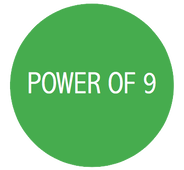 Welcome to pricing psychology 101. This tactic is one of the oldest and most widely used. It is also known as “charm pricing”. In simple terms, it involves ending the price in 9 or .99. This simple practice can profoundly affect purchasing decisions. People perceive the price as significantly lower than it actually is because we naturally scan a number from left to right. So if a price is $7.99, we perceive it as $7 rather than $8. In other words, we round down to the nearest whole number even though it is closer to the rounded up figure. So the motivation is simple - it makes the price seem lower and it is surprisingly effective. William Poundstone looked at eight different studies which he talks about in his book, Priceless. He found that on average, “charm pricing” increased sales by 24% versus “rounded up pricing”. That’s phenomenal. Imagine if you could increase your revenue by 24% with something as simple as this! There is a well known experiment that was conducted by MIT and the University of Chicago that illustrated the power of 9. They tested a standard item of women’s clothing at 3 different prices: $34, $39 and $44. The item sold best at $39 despite the fact that it was more expensive than one of the other options. This study also showed that prices that ended in 9 outperformed lower prices by 24% on average. When 9 is used in combination with a sales price, it also comes out a clear winner. For example, WAS $50, NOW $39 outperformed WAS $50, NOW $35. This is another ridiculously simple thing to implement that can clearly have a significant impact on your sales. 3. Price AnchoringAnchoring refers to the tendency for people to rely heavily on the first piece of information offered when making a decision. So the first price they see or hear will have an effect on their perception of all future prices. And by future prices, I don’t mean the prices you would like to charge 2 years down the line. If we start with $500 then $200 will seem cheap and $1500 will seem expensive. But if we start with $20 then $200 seems expensive. An example of this in action is a car salesman who will start off by showing the customer an expensive car. He will then go on to show the customer the mid-range cars which will seem so much cheaper than the first car. We’ve all heard the saying “The best way to sell a $2,000 watch is to put it next to a $10,000 one. Placing a premium product next to standard ones makes them look like a bargain in comparison. We also know that when people are given 3 choices, 70-80% of people will go for the middle option. A brilliant example to explain this is an experiment done with a retailer selling coffee machines. Initially they offered 2 coffee machines priced at $80 and $120. The majority of people went for the $80 coffee machine. They then introduced a third product priced at $380. The majority of purchases then shifted to the $120 machine. So when you’re creating your price list, if you are using a collection or package structure, you should include 3 package options. Ensure you price the middle package at what you would like your average sale to be (desired average order value). You may also choose to include a fourth “Elite” package priced well above even your top package. Even if you don’t plan on selling a lot of these elite packages, it’s presence alone will help the anchoring effect take hold and increase conversions of the main packages which are the ones you are really trying to sell “en masse”. If you are looking to move up the pricing ladder but want to manage your risk, one approach is to price your bottom package at your current average order value. This acts like a “safety blanket” in that you will never be worse off than your current average if you can maintain the same number of sales and the same cost of goods. With the majority of people going for the middle package, your average will automatically increase. 4. Price Bundling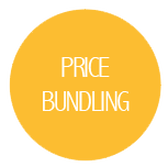 According to the field of neuroeconomics, our brains are wired to “spend ‘til it hurts”. When perceived pain is greater than perceived gain, our limit has been reached. Price bundling is one way to not only reduce this pain point but it can actually encourage the purchase decision. By showing more value it also helps to increase post-purchase satisfaction. The car industry is an excellent example of successful price bundling in action as noted by Professor George Lowenstein. It’s much easier to justify a single upgrade than it is to consider individual upgrade items such as heated seats, sat nav, parking assist and so on. 5. Avoid Too Much Choice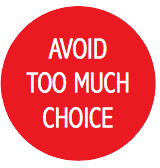 Did you know that giving your customer’s too much choice can actually result in fewer sales? It’s called “decision fatigue”. A tired, confused or overwhelmed mind will say no. People may think that they want lots of different options and that we should give them what they want but in reality, it just doesn’t work. There was a famous study done by Sheena Iyengar from Columbia University who tested this theory. She set up a jam sampling stand outside an upscale supermarket and offered samples of either 6 or 24 jam flavours. Interestingly, more people stopped to sample the jams when there were 24 flavours to choose from (60% as against 40% for the 6 flavours). However, when it came to making a purchase, only 3% of the customers who had sampled 24 jams went on to purchase, but 30% of the customers who sampled the 6 jams purchased. So while customers can be attracted by lots of options, in reality, it will actually result in fewer sales. So, keep your price list, clear concise and easy to understand. 6. Cost of Goods Multiplier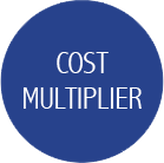 Cost of goods sold, also called cost of sales, refers to the cost of purchasing the products you are offering for sale. It will usually include any shipping costs associated with the purchase. The cost of goods is usually kept separate from other costs associated with running the business for accounting purposes as it provides a measure of gross margin when compared with sales. This is an important yardstick for measuring the profitability of your business. Your cost of goods is a really important consideration when you’re working out your pricing. This is often the only thing people think about because it’s directly related to selling your craft. However, there are a lot more things to consider such as time, operating and overhead costs which we won't go into in this blog post but if you're interested in reading more about it, check out our free Art of Pricing ebook. But let’s just talk about the cost of goods for now. Many people will work off a product cost multiplier. In essence, they will multiply the cost of the product by 3, 5, 7 or 10. Ultimately, we would like to get to a 10x multipler. So if a product costs $100 to buy, we would ideally sell it for $1000. This gives a 900% markup and a margin of 90% (refer to pages 14-15 in the Art of Pricing ebook to learn about markup and margin). This however, may not be possible for everyone starting off so you could start with a 3 or 5 times multiplier and work your way up. 7. The Power of Context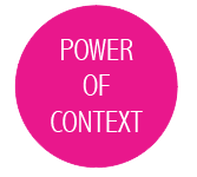 Context drives behaviour so the sheer context of where the buyer is can affect their perception of price and their willingness to buy. That doesn’t necessarily mean that you must have a swanky studio – creating a highly engaged environment to facilitate customer interaction and connecting with your client is the key to making the sale. Consider Richard Thaler’s beer on the beach experiment. People were expecting and willing to pay more for the very same beer if they knew it was coming from an upscale resort as opposed to a run down grocery store despite the fact that they weren’t even consuming the beer in either location. So the product is the same and the atmosphere is the same. It’s simply the notion of where the beer is coming from. 8. Loss Aversion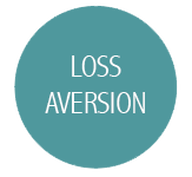 Loss aversion revolves around the notion that “Losses loom larger than gains”. It is thought that the pain of losing is psychologically about twice as powerful as the pleasure of gaining. So what does that mean exactly? Take the gas station example. Gas station A was selling gas for $1.80 per gallon. If you paid with your credit card, they charged you an extra 20 cents per gallon. Gas station B was selling gas for $2.00 per gallon but gave you a 20 cents per gallon discount if you paid with cash. Regardless of whether you bought from gas station A or B, the price per gallon was exactly the same. However, customers were much happier to shop at gas station B where there were no penalties for paying with a card over those in gas station A even though the cost of the gas was exactly the same. So if you take credit card payments and charge your client a processing fee – DON’T. Instead, increase your price by the credit card fee % and offer a discount for cash. 9. Free is freeIf you’re offering something for free – make sure it really is free. Don’t surprise your client with hidden charges that they’re not expecting. A good example of this is Amazon in France. They couldn’t figure out why their sales were 20% less than other countries. Then they discovered that their free shipping option was actually charging a nominal 20 cent shipping charge. They corrected the glitch and hey presto, their sales recovered to match that of other markets. In SummaryObviously, there's much more to consider when creating your price list than the 9 principles we've just covered. However, it is definitely worth bearing the above points in mind and using them as a checklist when creating the perfect price list. Luckily, we've created a printable checklist for you. Click the button below to download it now. If you would like to find out more about The Art of Pricing, click here to download our free e-book now.
8 Comments
9/11/2019 16:53:07
Bonjour,
Reply
Zena
18/11/2019 09:39:27
Bonjour Jean Robert,
Reply
Zena
18/11/2019 09:36:29
Hi Leah,
Reply
20/12/2019 00:24:05
Though I do agree with most of this article, the pricing is the one area where I do not IF you are wanting to present yourself as a high-end business. As you've pointed out, luxury brands don't benefit as much from the pricing strategy of adding a 9 at the end. This conveys a bargain, where as a 0 or 5 conveys that the product is something of much higher quality. I found this in an article about pricing at pricintelligently.com:
Reply
Zena
18/11/2019 09:20:47
Hi Bill,
Reply
Leave a Reply. |
AuthorsRonan Ryle Archives
August 2023
Categories
All
|
Information |
Products |
|

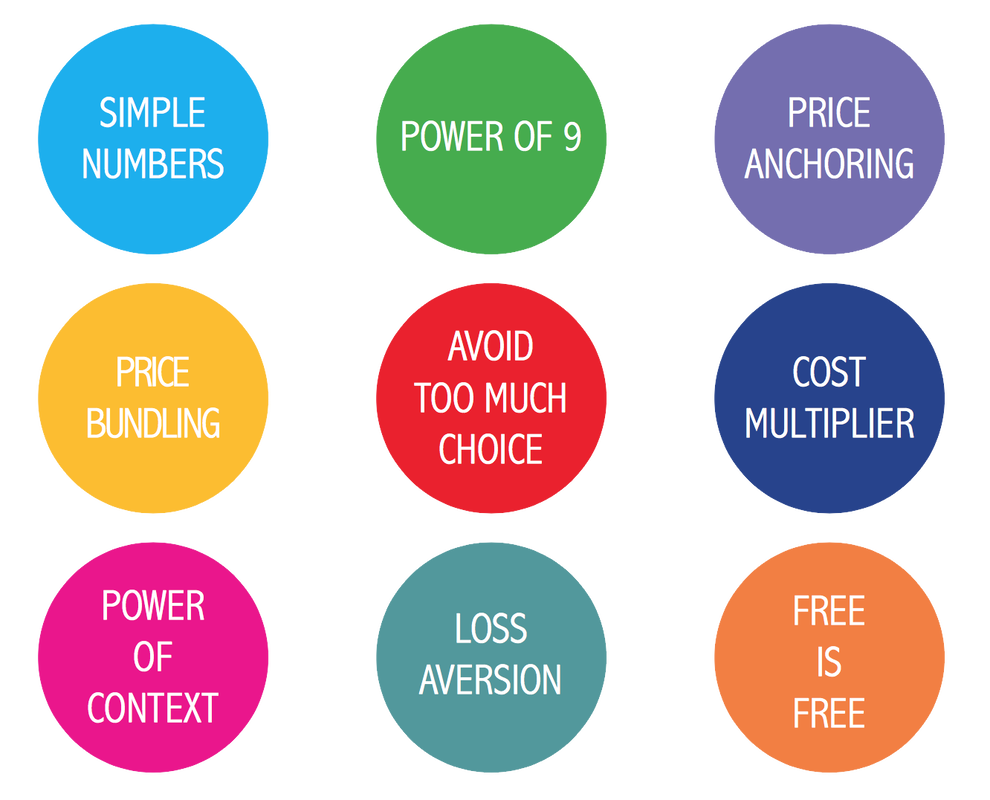

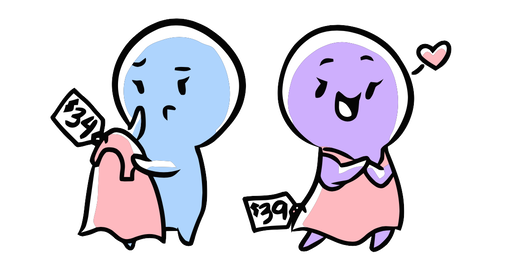
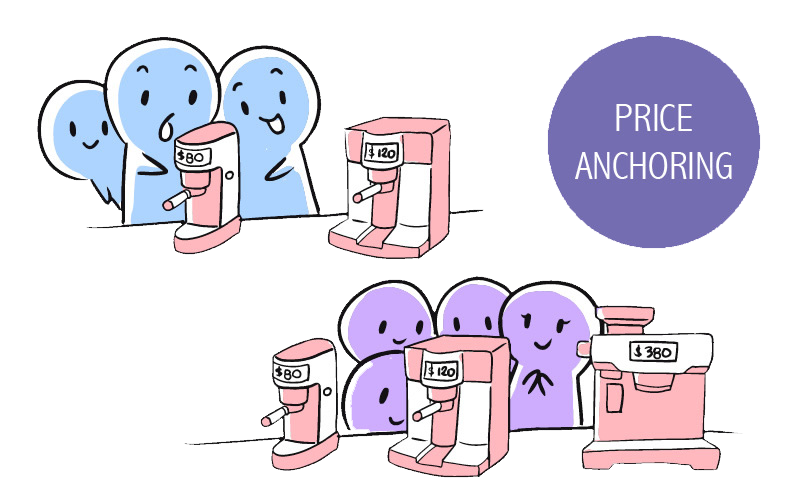
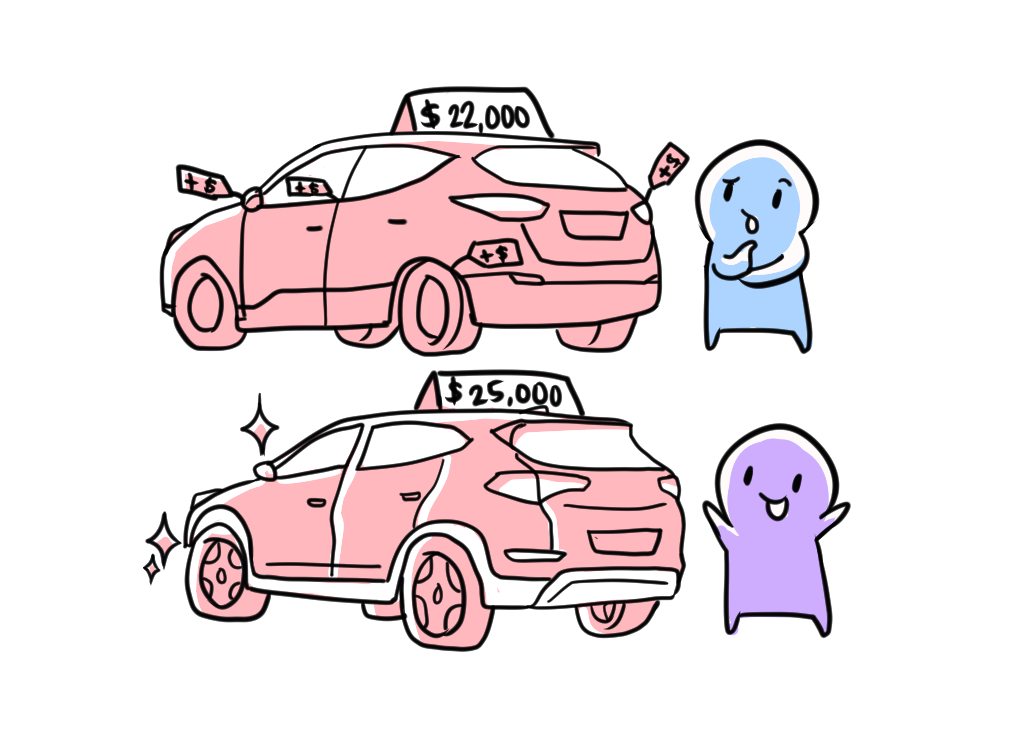
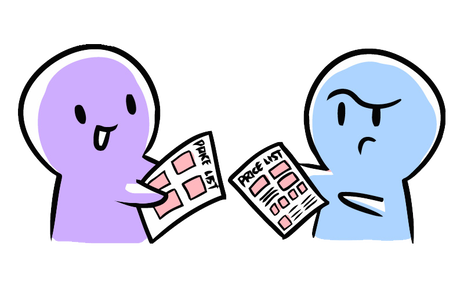
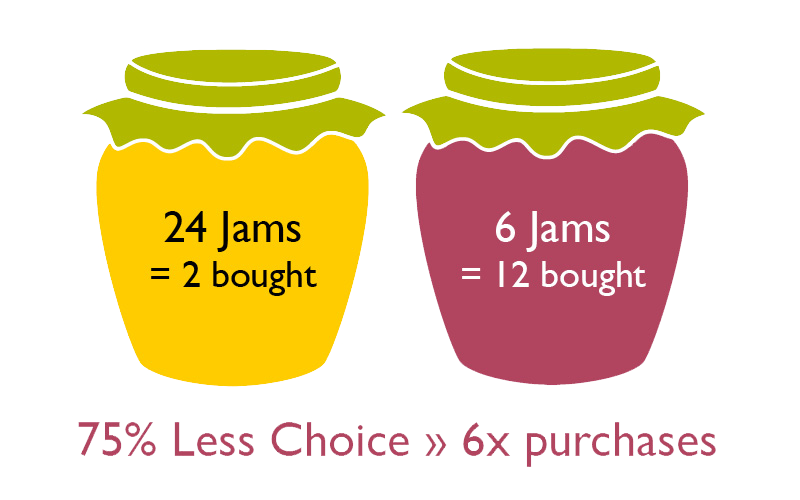
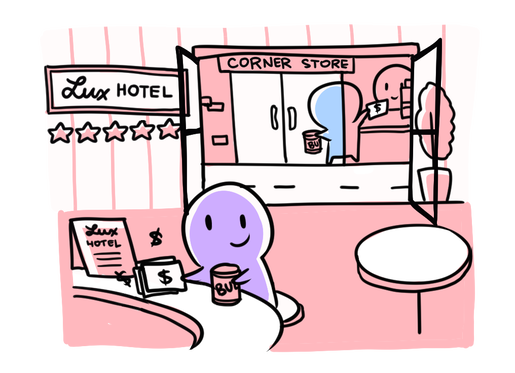
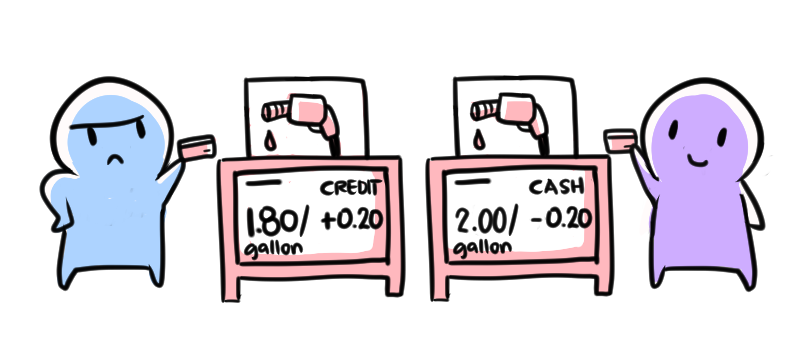

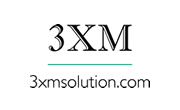
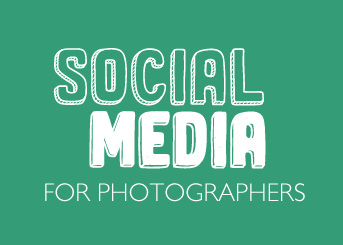
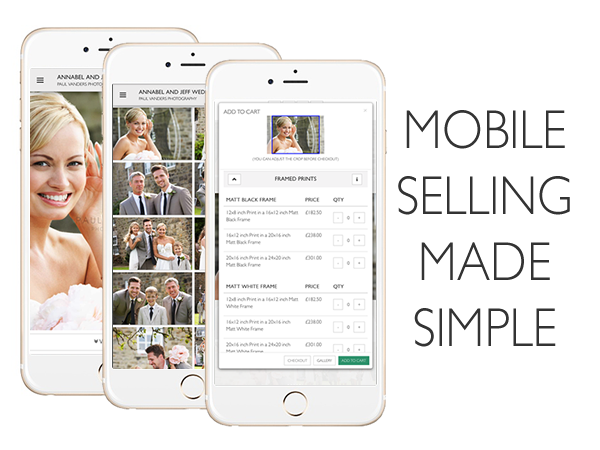
 RSS Feed
RSS Feed